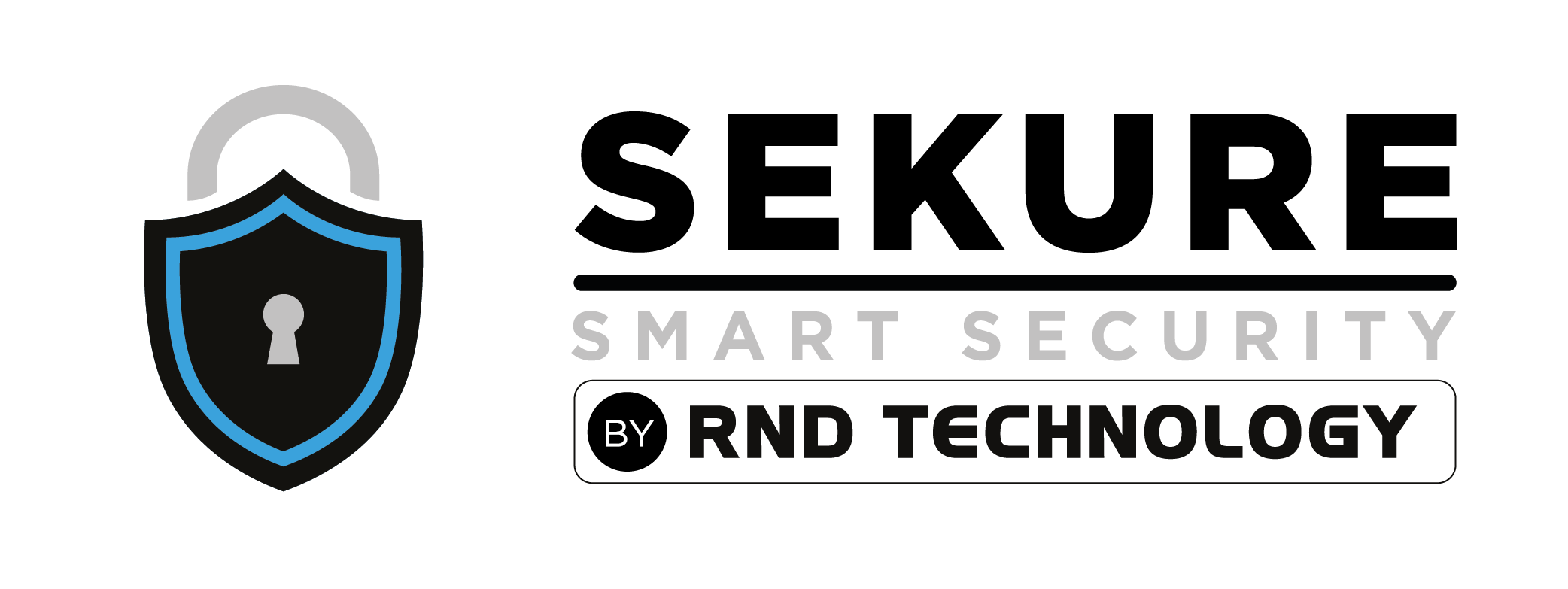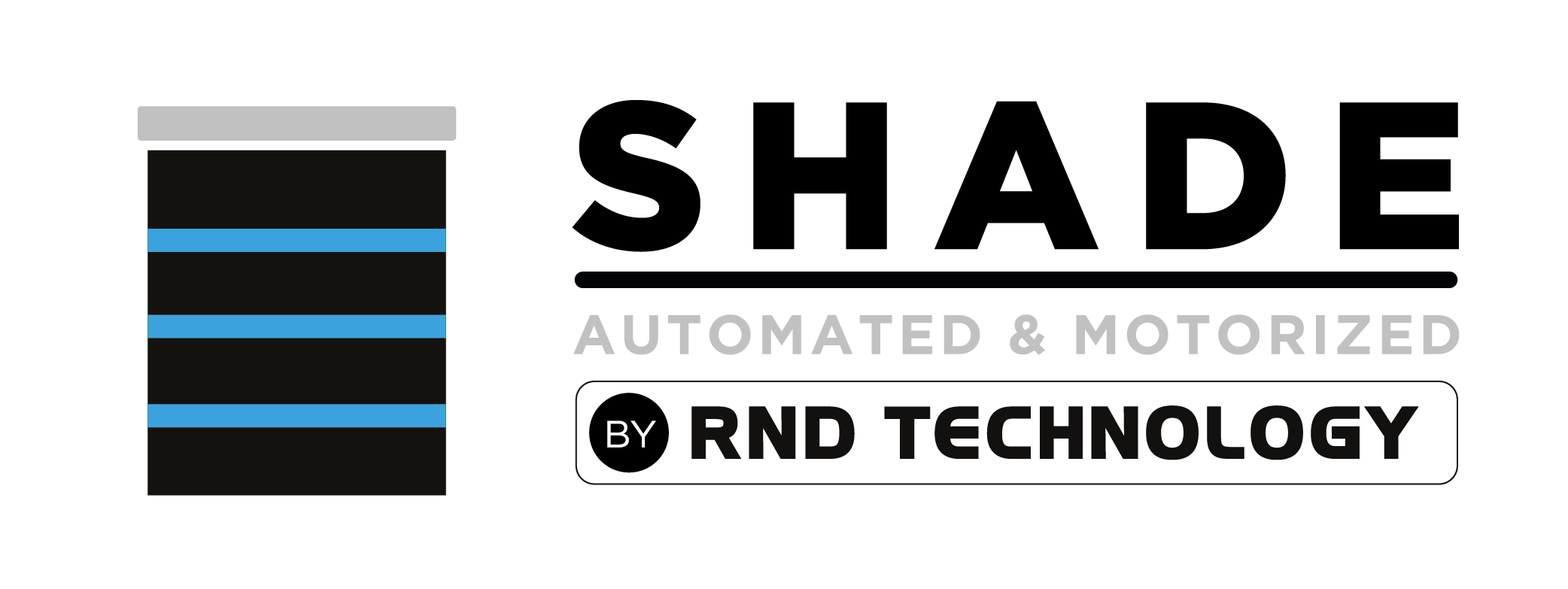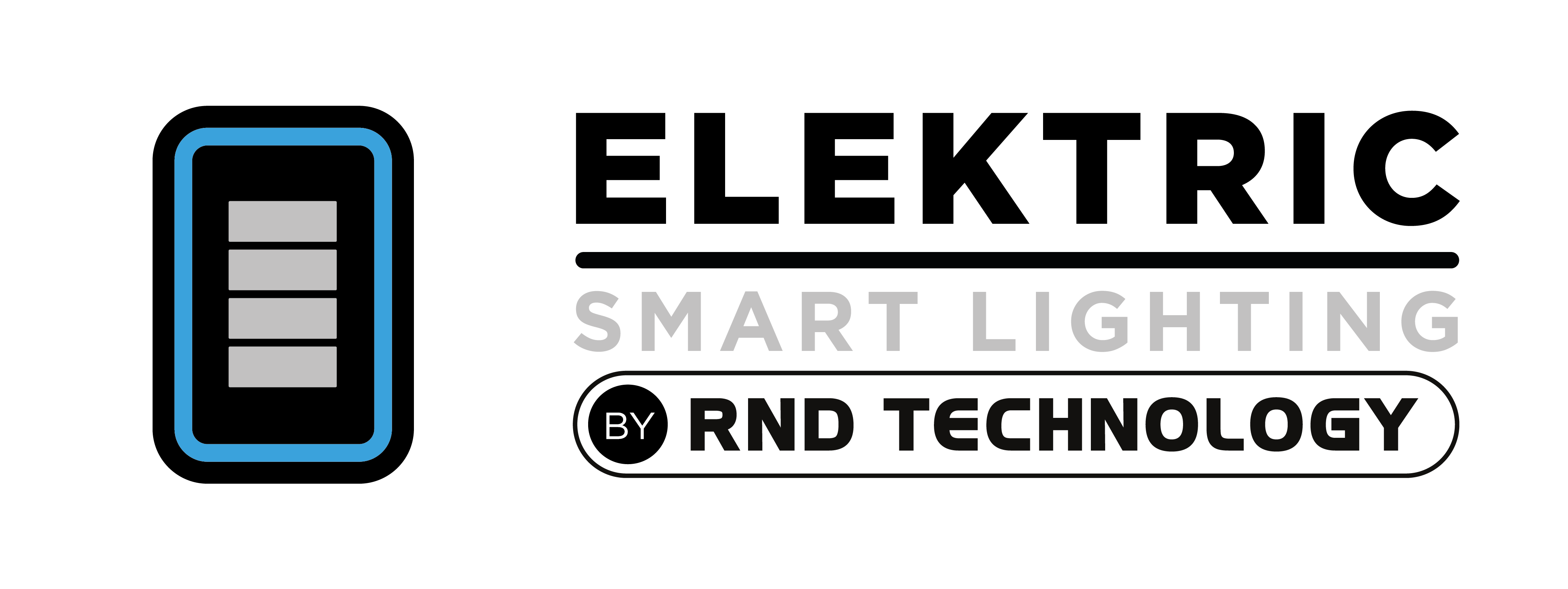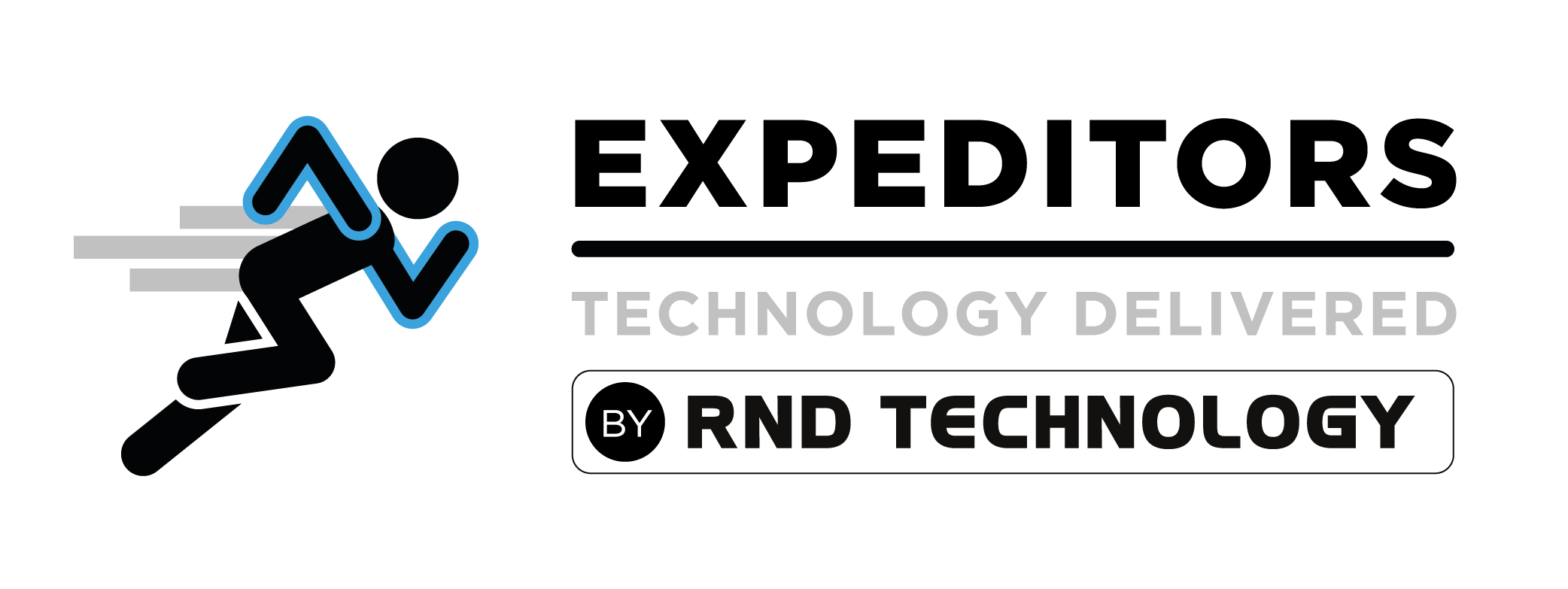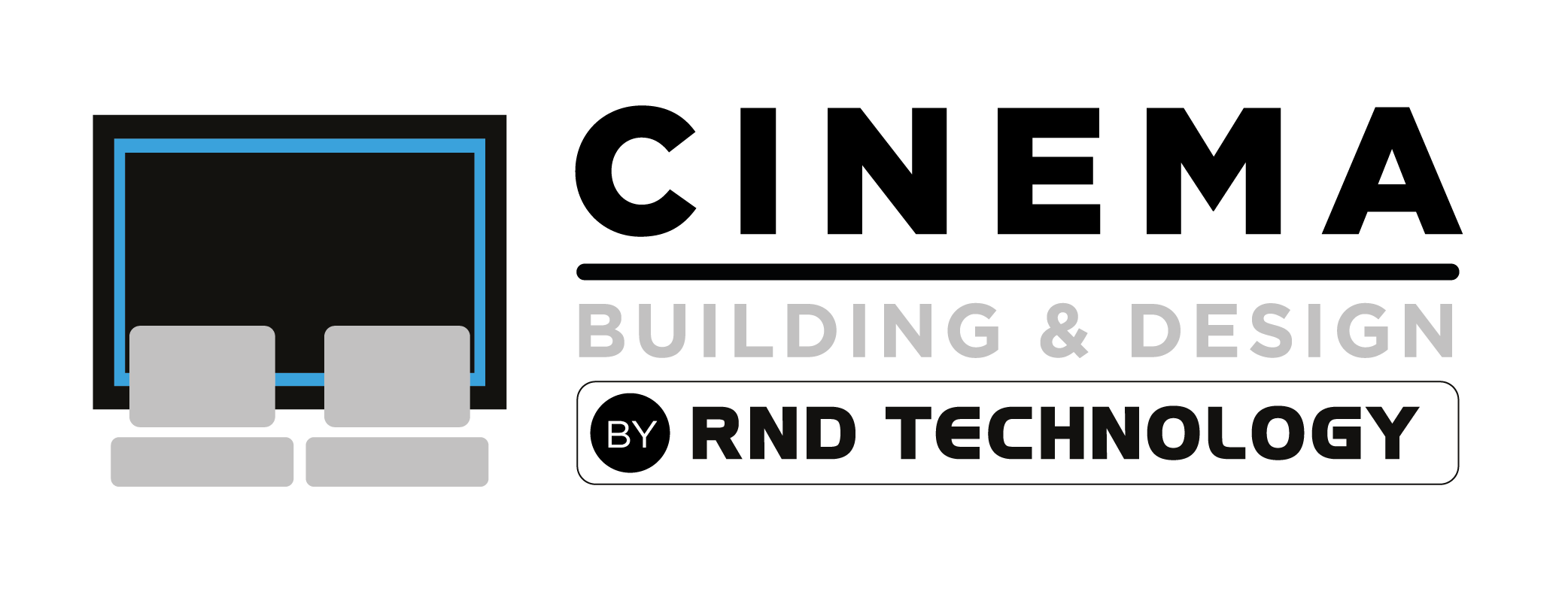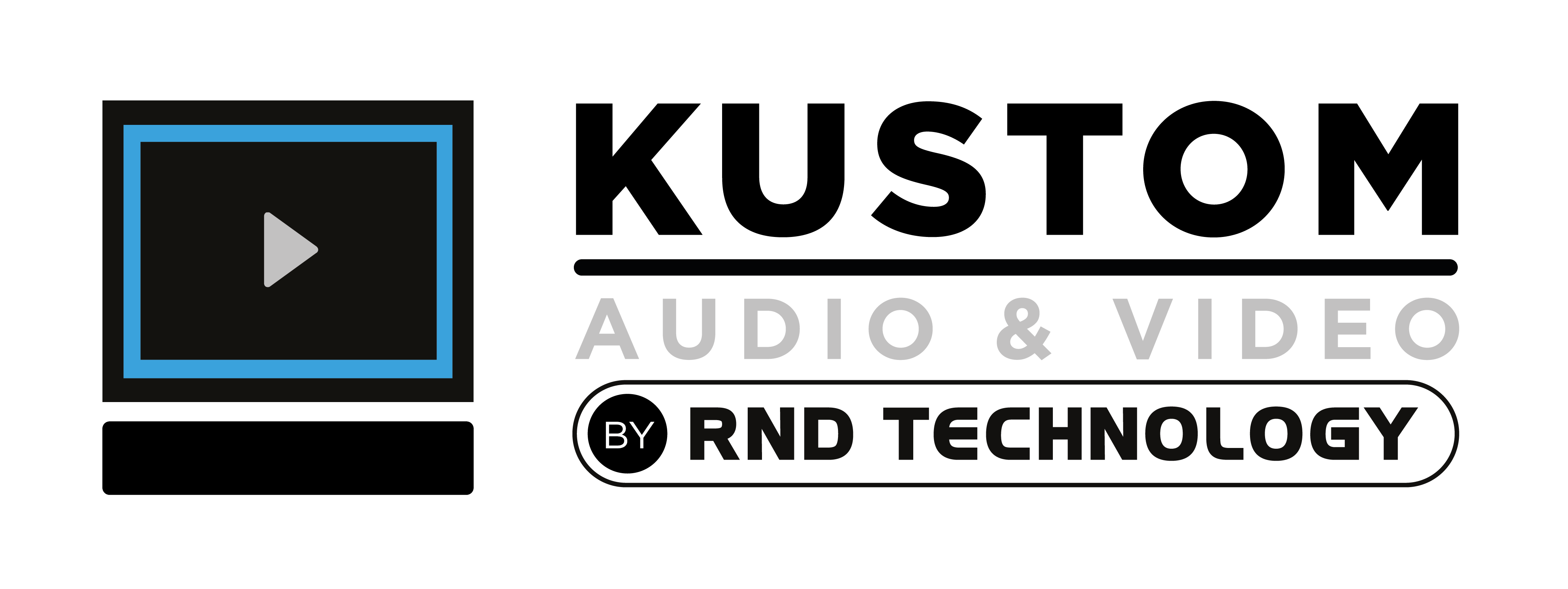As temperatures rise during the summer, so does the strain on your home’s energy consumption. However, with the advent of smart home technology, reducing your electric bill while keeping your home comfortable has never been easier. Here are five smart home hacks to help you cut costs and improve energy efficiency this summer.
1. Smart Thermostats: Optimize Your Cooling
A smart thermostat is a game-changer for managing your home’s temperature efficiently. Unlike traditional thermostats, smart thermostats learn your habits and adjust the temperature based on your daily schedule, ensuring you’re not cooling an empty house.
How It Works:
Learning Mode: Smart thermostats like the Nest Learning Thermostat and Ecobee SmartThermostat analyze your temperature preferences over time and create a customized schedule to optimize comfort and efficiency. For example, they might lower the temperature when you’re at home in the evenings and increase it during the day when the house is empty.
Remote Control: You can control your thermostat from your smartphone, allowing you to adjust the temperature from anywhere. This feature is especially useful if your plans change and you need to adjust the cooling remotely.
Geofencing: Some smart thermostats use geofencing technology to detect when you are approaching home and adjust the temperature accordingly. It ensures that you arrive at a comfortably cooled home without wasting energy while you’re away.
Energy Reports: These devices often provide detailed energy reports that show your usage patterns and offer tips on how to save more energy.
Hack Tip: Set your thermostat to increase the temperature by a few degrees when you’re not home and start cooling just before you return. This reduces energy consumption during peak hours and ensures comfort when you need it.
2. Smart Lighting: Efficient Illumination
Smart lighting systems are an excellent way to reduce energy consumption and enhance the ambiance of your home. They can be programmed to turn off when not in use and adjust the brightness based on the time of day or occupancy.
How It Works:
Automated Schedules: You can set your lights to turn on and off at specific times, reducing the likelihood of leaving lights on when they’re not needed. For instance, you can schedule your lights to turn off automatically during daylight hours and turn on in the evening.
Motion Sensors: Smart lighting systems can include motion sensors that turn lights on when someone enters a room and off when the room is empty. This is particularly useful in frequently used areas like hallways, bathrooms, and kitchens.
Dimming Capabilities: Adjusting the brightness to match your needs can significantly save energy. For example, dimming lights during the day or when full illumination is not required can reduce electricity usage.
Remote Access: With apps, you can control your lights remotely, ensuring you never leave lights on unnecessarily. This feature is great for turning off lights you might have forgotten when leaving the house.
Hack Tip: Replace traditional incandescent bulbs with smart LED bulbs. LEDs use up to 75% less energy and last up to 25 times longer than incandescent lighting, further reducing replacement costs and energy consumption.
3. Smart Plugs: Control Appliances Remotely
Smart plugs are a versatile addition to any smart home, allowing you to control the power usage of your devices remotely. They help ensure that appliances are only on when needed and prevent unnecessary energy consumption.
How It Works:
Scheduled Power Cycles: You can set smart plugs to turn appliances off during peak energy hours or when they’re not in use. For example, you might schedule your coffee maker to turn off after you leave for work.
Remote Control: Control connected devices using your smartphone. This feature is perfect for turning off devices you might have left on by mistake, like space heaters or fans.
Energy Monitoring: Some smart plugs can track the energy consumption of connected devices, providing insights into which appliances use the most power and when.
Hack Tip: Use smart plugs for high-energy-consuming devices like coffee makers, toasters, and entertainment systems. Ensure they’re off when not in use to avoid wasting energy. This can also prevent “phantom loads” where devices consume power even when turned off but still plugged in.
4. Smart Window Shades: Manage Solar Gain
Smart window shades can automatically adjust to control the amount of sunlight entering your home, reducing the need for air conditioning by keeping your home naturally cooler.
How It Works:
Automated Adjustment: Program your shades to close during the hottest part of the day to block out heat and reduce the strain on your air conditioning system. They can open in the early morning or late afternoon when the sun is less intense, allowing natural light without overheating your home.
Integration with Smart Thermostats: Some smart shades can be integrated with your thermostat to optimize cooling based on room temperature and sunlight exposure. For example, if the room temperature rises, the shades can close automatically to prevent further heating.
Remote and Voice Control: Adjust your shades using your smartphone or voice commands through smart home assistants like Amazon Alexa or Google Assistant. This feature is convenient for making quick adjustments without manual effort.
Hack Tip: Use smart shades on windows that receive the most sunlight to prevent overheating and reduce the workload on your AC system. This can significantly lower cooling costs during the hottest months.
5. Smart Power Strips: Eliminate Phantom Loads
Many electronics consume power even when turned off. Smart power strips can detect when devices are in standby mode and cut off the power supply, eliminating these phantom loads and saving energy.
How It Works:
Automatic Shutdown: Smart power strips can automatically turn off connected devices that are not in use, such as TVs, gaming consoles, and computer monitors.
Timer Settings: Set specific times for the power strip to turn off, ensuring that no unnecessary energy is consumed during periods of inactivity, such as overnight or when you’re at work.
Remote Access: Control the power strip remotely to turn off all connected devices with a single tap on your smartphone, ensuring that you’re not wasting energy when devices are not in use.
Hack Tip:Use smart power strips for your home office, entertainment center, and other areas with multiple electronic devices to ensure they’re not drawing power when not in use. This can help reduce your overall energy consumption and lower your electric bill.
Conclusion
By implementing these smart home hacks, you can significantly reduce your energy consumption and lower your electric bill this summer. Smart thermostats, lighting, plugs, window shades, and power strips make your home more efficient and contribute to a more sustainable future. Start incorporating these tips today and enjoy a cooler, more cost-effective summer.
